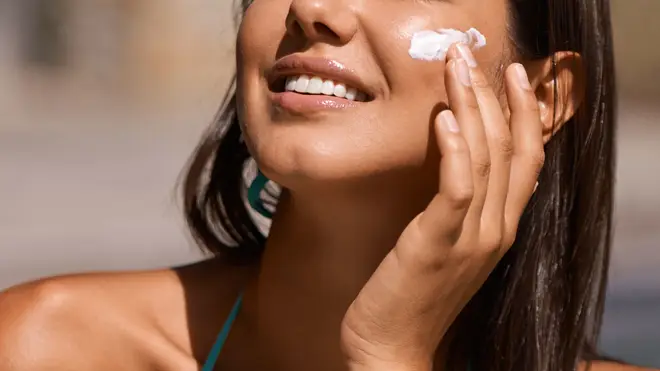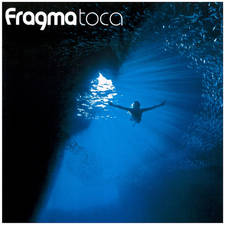What does SPF mean, should you wear factor 50 sun cream and how often should you apply it?
28 July 2019, 12:21 | Updated: 3 July 2020, 10:10

All you need to know about being in the sun and protecting yourself from its rays
As we try and make the most of the warm rays, it’s important to remember that sunburn can also cause its fair share of problems including an increased risk of skin cancer. As people attempt and top up their tans for the holiday season, SPF should be at the top of everybody’s agenda.
What does SPF mean?
SPF, or Sun Protection Factor, is the standard rating in the UK for sun lotion. Medically, SPF is a measure of the amount of protection from ultraviolet B radiation (UVB), with the factor indicating the percentage of burning UV radiation that reaches the skin; therefore a SPF15 lotion would mean one-fifteenth of the sun’s burning radiation is not blocked (assuming the cream has been applied evenly and correctly).
Should we be wearing factor 50 sun cream?
Not necessarily. According to the NHS, people should “not rely on sunscreen alone to protect yourself from the sun.” SPFs are rated on a scale of 2 to 50+, with 50+ offering the highest level of protection from UVB.
It’s recommended that people use at least SPF15, as long as other safety tips are followed, such as wearing suitable clothing and spending time in the shade when the sun is at its hottest. While SPF tackles UVB, there is also UVA to consider.
This is shown as a star rating on a sunscreen bottle, with five stars offering the highest level of UVA protection. Aim to find a sunscreen which has at least four-star protection.
How often should we apply sunscreen?
Although there’s no hard and fast rule, sunscreen should be regularly topped up during the day when you’re exposed to the sun. This is especially the case after being exposed to water, or when the sunscreen may have rubbed off due to towel drying or sweating.
It’s also important to make sure that enough sunscreen is used. If applied too thinly, the amount of protection the cream gives is reduced, so it’s best to put on more rather than less.
Top tips for sun protection
· Make sure the sun lotion is within its expiry date, as it loses its effectiveness over time
· Always use a water resistant sunscreen if you are likely to come into contact with water, or sweating
· Apply sunscreen to all areas exposed to the sun – this includes neck, face and ears
· Wear a hat
· Take extra care with children, as they have much more sensitive skin than adults. It’s best to use a higher SPF for children than you would use for yourself; however try to encourage them to play in the shade when the sun is at its hottest
To find out more about protecting kids from the sun click here.


















